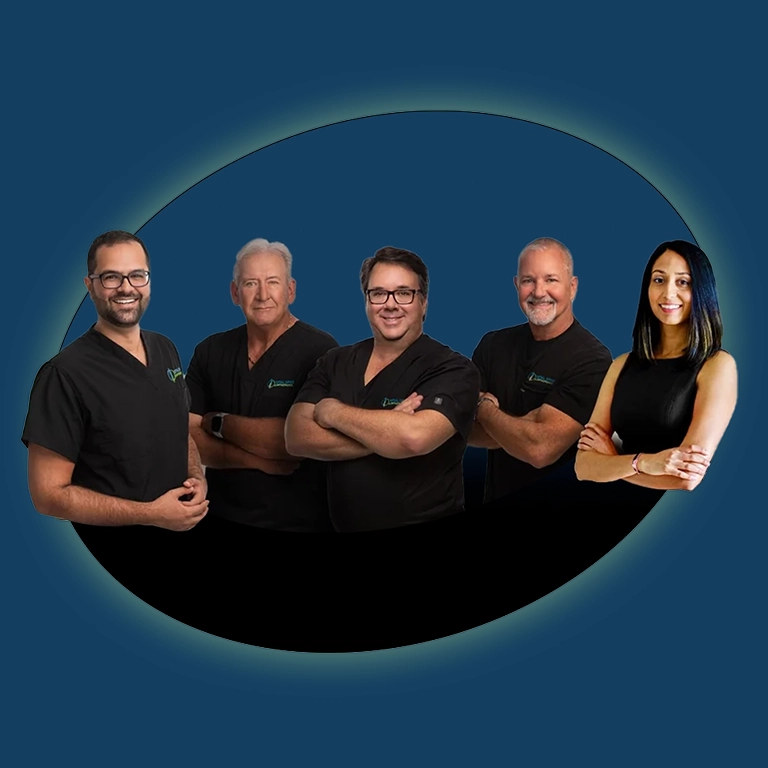BMAC Therapy Guide: The Leading Non-Surgical Solution for Joint Pain
Our Team
We are a team of highly specialized spine surgeons dedicated to pioneering the future of spine care.
Share:
Table Of Contents
- Introduction
- What is BMAC Therapy?
- How Does BMAC Therapy Work?
- Key Benefits of BMAC Therapy
- The BMAC Procedure: Step-by-Step
- Ideal Candidates for BMAC Therapy
- Safety and Side Effects
- BMAC Therapy vs. Other Regenerative Treatments
- Advanced Applications and Use Cases
- Understanding the Role of Stem Cells in Inflammatory Modulation
- Additional Regenerative Therapies at Total Spine Wellness
- Emerging Research & Long-Term Impact
- FAQs
- Conclusion & Next Steps
Introduction
In the evolving field of regenerative medicine, BMAC Therapy (Bone Marrow Aspirate Concentrate) is emerging as one of the most effective non-surgical treatments for joint pain and chronic inflammation. Using the body’s own autologous stem cells, BMAC therapy harnesses the power of bone marrow-derived mesenchymal stem cells to promote tissue regeneration, reduce pain, and improve joint function. As more patients seek alternatives to surgery, BMAC is rapidly gaining ground as a minimally invasive, high-potential option.
To explore more innovative treatments, visit our full service page here: Total Spine Wellness
What is BMAC Therapy?
BMAC Therapy involves extracting bone marrow from the patient (typically from the pelvic bone), isolating stem cells and growth factors, and re-injecting the concentrated solution into the damaged joint. These mesenchymal stem cells (MSCs) are known for their ability to:
- Reduce inflammation
- Promote cartilage repair
- Stimulate tissue healing
- Modulate the immune response
Since the stem cells are autologous, there’s minimal risk of rejection, and the entire procedure can be done on an outpatient basis.
Learn more about our approach to Stem Cell Therapy
How Does BMAC Therapy Work?
After collection, the bone marrow aspirate is spun in a centrifuge to concentrate its most potent healing elements, including:
- Stem cells (particularly MSCs)
- Platelets
- Growth factors
- Cytokines
This powerful regenerative mix is then injected into the targeted area—commonly the knee, hip, or shoulder—under ultrasound or fluoroscopic guidance. Once delivered, the cells get to work:
- Reducing inflammation
- Encouraging tissue regeneration
- Repairing microdamage
- Modulating chronic pain pathways
Key Benefits of BMAC Therapy
Patients are turning to BMAC Therapy as a way to relieve pain and avoid surgery. Key benefits include:
- Non-surgical joint pain relief
- Natural healing using the patient’s own biology
- Reduced recovery time compared to surgery
- Minimal side effects and low complication rate
- Suitable for a range of orthopedic conditions
The BMAC Procedure: Step-by-Step
Here is what patients can expect during a typical BMAC treatment:
- Initial Consultation: Clinical evaluation, imaging, and confirmation of candidacy.
- Bone Marrow Extraction: Under local anesthesia, bone marrow is drawn from the iliac crest (pelvic bone).
- Processing: The aspirate is placed in a sterile centrifuge to isolate the MSC-rich concentrate.
- Injection: Using ultrasound or fluoroscopy, the concentrated BMAC is injected into the damaged joint or tendon.
Most procedures are completed in under 90 minutes, with patients returning home the same day.
Ideal Candidates for BMAC Therapy
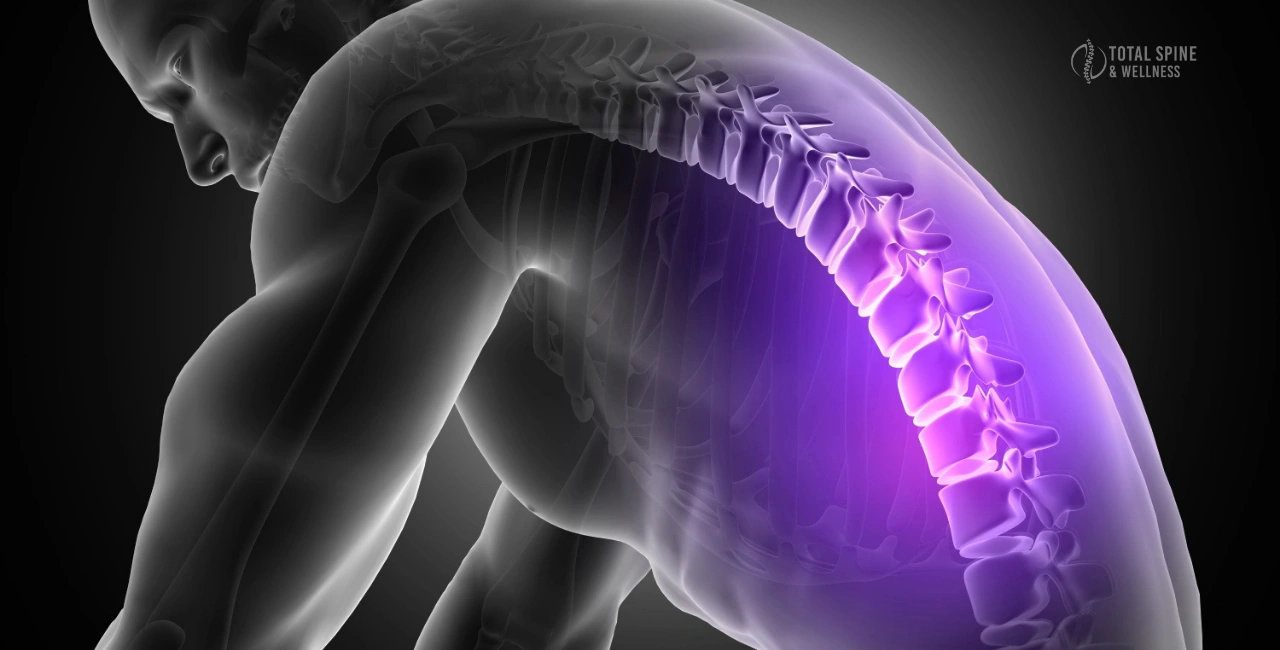
BMAC therapy is recommended for patients who:
- Suffer from chronic joint pain or osteoarthritis
- Have sports injuries, ligament damage, or cartilage wear
- Are not ready for or want to avoid joint replacement surgery
- Seek natural, regenerative options for long-term healing
- Are in overall good health with no active infections or cancers
Safety and Side Effects
As an autologous procedure, BMAC Therapy has a favorable safety profile. Since the cells come from the patient, the risk of rejection or immune reaction is very low. However, mild side effects may include:
- Soreness at the harvest site
- Temporary inflammation at the injection site
- Rare risk of infection or bleeding
Protocols followed at specialized centers like Total Spine Wellness ensure sterile technique and post-care support.
BMAC Therapy vs. Other Regenerative Treatments
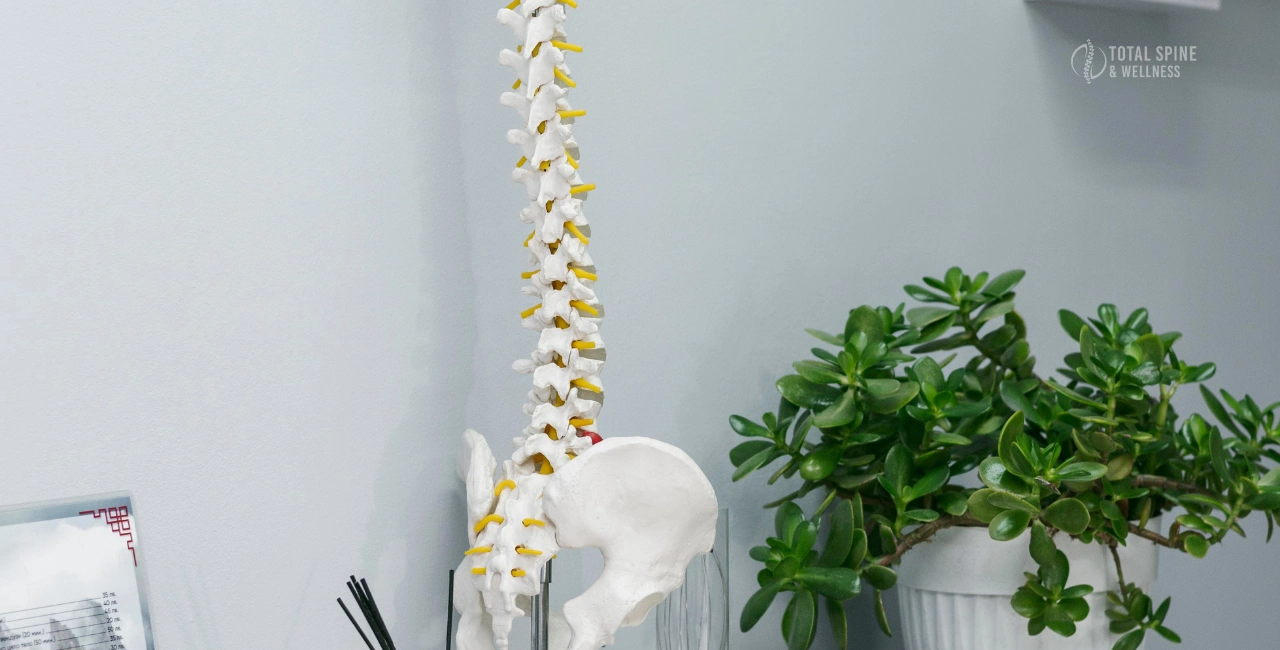
BMAC vs. PRP Therapy
PRP (Platelet-Rich Plasma) relies on platelets and growth factors but lacks stem cells. BMAC, on the other hand, delivers both platelets and stem cells, offering more robust regeneration for severe conditions.
Learn about our PRP Therapy
BMAC vs. Exosome Therapy
Exosome therapy delivers cellular messengers that signal regeneration but does not provide actual stem cells. BMAC offers the full cellular regenerative package.
Compare with our Exosome Therapy
BMAC in Combination Therapy
In some cases, BMAC may be combined with PRP or exosomes for compounded healing effects, especially in complex injuries or advanced joint degeneration.
Advanced Applications and Use Cases

BMAC Therapy is now being used in:
- Osteoarthritis of the knee, hip, and shoulder
- Tendon injuries such as rotator cuff and Achilles tendonitis
- Sports injuries involving ligaments and cartilage
- Post-surgical recovery support
For advanced disc damage, see our Disc Regeneration program.
Understanding the Role of Stem Cells in Inflammatory Modulation
One of the most powerful applications of stem cell therapy is its ability to modulate chronic inflammation—an underlying driver of many degenerative and autoimmune conditions. Unlike conventional treatments that merely suppress symptoms, cell-based therapy targets the root of inflammation at the cellular level.
Mesenchymal stem cells (MSCs) play a critical role in this process. These adult stem cells have the unique ability to migrate toward sites of inflammation and injury, where they release bioactive molecules that alter the local immune response. This leads to:
- Reduction of pro-inflammatory cytokines
- Increase in anti-inflammatory signals
- Restoration of immune system balance
- Support of tissue regeneration in damaged areas
By acting as both immunomodulators and regenerative agents, MSCs help create an environment where the body can heal itself more efficiently—especially in conditions like osteoarthritis, tendonitis, and degenerative disc disease.
This dual action is what makes stem cell therapy especially valuable in patients dealing with chronic inflammation, where traditional treatments fall short.
Additional Regenerative Therapies at Total Spine Wellness


Besides BMAC, our regenerative treatment options include:
- SVF Adipose Stem Cells: Derived from fat tissue
- Cord Blood Stem Cells: Ideal for immunomodulation
Emerging Research & Long-Term Impact
As regenerative medicine continues to evolve, BMAC Therapy is also being investigated in numerous clinical trials for its application in areas such as:
- Cartilage regeneration in early-stage osteoarthritis
- Degenerative disc disease
- Post-traumatic joint damage
- Orthopedic recovery in older adults
Long-term studies indicate that patients receiving BMAC treatment may experience not only pain reduction, but also increased mobility, slowed degeneration, and decreased need for surgical interventions.
Moreover, innovations in tissue engineering and cell differentiation are enhancing the way bone marrow aspirate is processed—allowing for higher yields of mesenchymal stem cells and improved efficacy.
With new advancements like image-guided injections, personalized treatment protocols, and predictive biomarkers, the future of autologous cell therapy looks promising for both patients and providers.
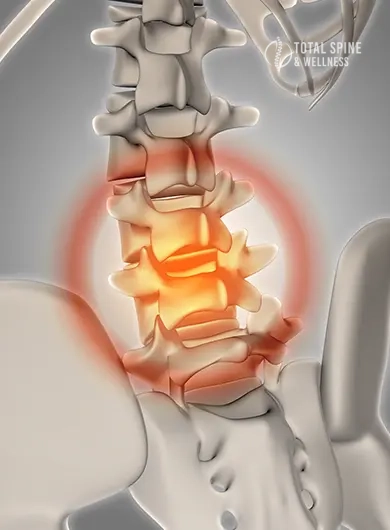
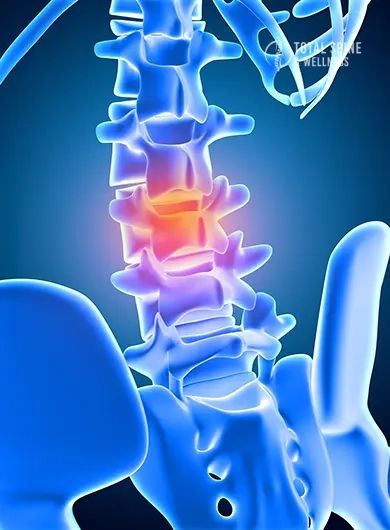
FAQs
What is BMAC Therapy and how does it work?
BMAC Therapy is a regenerative treatment that uses stem cells extracted from your bone marrow to reduce joint pain and promote healing when injected into damaged tissue.
Is BMAC Therapy safe?
Yes. As an autologous treatment, it’s generally safe with minimal risk of complications. It’s performed in a sterile, clinical setting.
How long does it take to see results from BMAC Therapy?
Most patients begin to see improvement within 4–8 weeks, with continued recovery over several months.
Can BMAC help with osteoarthritis?
Yes. BMAC is commonly used to treat osteoarthritis by reducing inflammation and stimulating cartilage repair.
What’s the difference between BMAC and PRP?
PRP uses platelets; BMAC contains both platelets and mesenchymal stem cells, offering more advanced healing potential.
Is BMAC Therapy FDA-approved?
BMAC is allowed under FDA guidelines when using minimal manipulation and for homologous use. Regulations may vary by country.
What is the cost of BMAC Therapy?
Prices vary by provider but typically range from $3,000 to $10,000 depending on the joint treated and clinical setting.
How long is recovery after BMAC Therapy?
Most patients can resume light activities within a few days, but full recovery and joint regeneration may take 6–12 weeks.
Can BMAC be combined with other treatments?
Yes. BMAC is often combined with PRP or exosomes to enhance healing and recovery.
Conclusion & Next Steps

For patients struggling with joint degeneration, inflammation, or injury, BMAC Therapy offers a science-backed, minimally invasive path to healing. It bridges the gap between conservative treatments and surgery, allowing individuals to return to activity faster with fewer risks.
At Total Spine Wellness, we specialize in personalized regenerative solutions designed to match your unique needs. If you’re ready to explore how bone marrow-derived stem cells can restore your mobility and quality of life, speak with our team today.
Learn more about our regenerative medicine services at Total Spine Wellness
Ready to Take the First Step?
You don’t have to live with back pain — and you don’t have to face surgery to fix it. At Total Spine Wellness, we offer safe, effective, and research-backed disc regeneration therapies tailored to your needs.
Call us or click below to schedule your personal consultation and find out if regenerative disc therapy is right for you.
